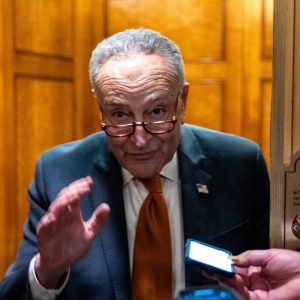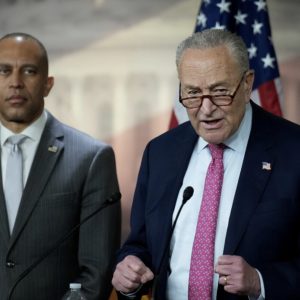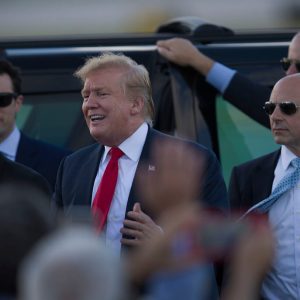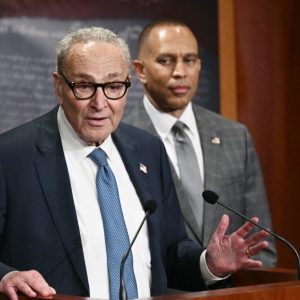A new Government Accountability Office (GAO) report exposes major security failures by the U.S. Secret Service during the assassination attempt on then-presidential candidate Donald Trump at a Butler, Pennsylvania rally one year ago. Commissioned by Senate Judiciary Committee Chairman Chuck Grassley (R-Iowa), the report reveals that the Secret Service received classified intelligence about a credible threat to Trump’s life ten days before the event but failed to share it with other agencies involved in planning and security.
The report also highlights procedural missteps, including misallocated resources, poor communication, and insufficient training. The agent responsible for identifying site vulnerabilities was new to her role, and the Butler event was her first large outdoor security operation. Secret Service officials denied requests for enhanced counter Unmanned Aerial Surveillance (cUAS) equipment, citing prior resource allocation to national conventions. Fortunately, senior officials intervened to approve counter-sniper assets, which ultimately stopped the gunman.
Grassley condemned the failures, stating that the security breakdown was the result of years of mismanagement and bureaucratic hurdles, worsened by the Biden administration’s refusal to approve enhanced protections requested by Trump’s campaign. The attacker, Thomas Crooks, fired from a rooftop, grazing Trump’s ear and killing a bystander, Cory Comperatore, while two others were wounded. Crooks was killed by counter-snipers.
Additionally, a campaign staffer’s request to avoid large farm equipment—used to preserve press photo lines of sight—may have unintentionally given the gunman a clearer shot. The GAO report underscores the critical need for improved communicatio





